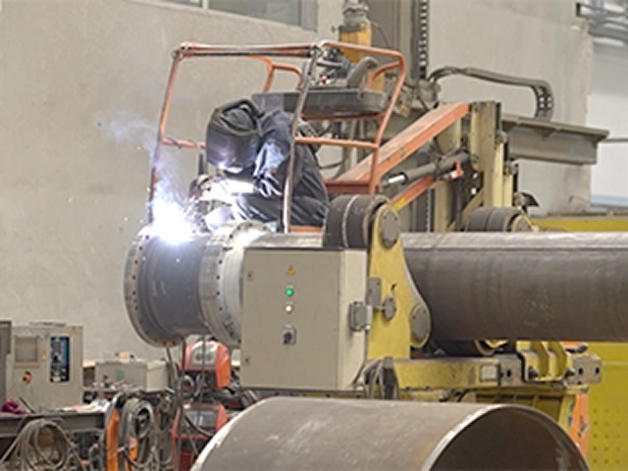
With over 30 years of experience, Ambitermo was founded by a group of engineers with extensive expertise in the sector, with a clear purpose of providing industries with the best thermal solutions on the market.
Since 1992, we have designed and manufactured industrial boilers tailored to the specific needs of each client.
We offer a comprehensive, turnkey service that includes calculation and engineering, construction, commissioning, and technical support, ensuring maximum performance and reliability throughout the entire equipment lifecycle.
Countries where we are present
Years of experience
Boilers built to date
High-performance thermal solutions for cooking, sterilization, and cleaning, ensuring efficiency, safety, and compliance with sanitary standards.
Stable production of steam and hot water for fermentation, pasteurization, and cleaning, with precise temperature control and maximum operational reliability.
Energy systems tailored to the demands of thermal processing, sterilization, and preservation, ensuring food safety and production continuity.
High-precision thermal solutions with strict control, ideal for environments requiring sterility and compliance with GMP standards.
Efficient boilers for drying processes and steam production, ensuring operational stability in intensive production cycles.
Reliable and controlled steam production for dyeing, washing, and finishing, focusing on thermal uniformity and energy efficiency.

Renewable fuel that allows the production of thermal energy with low pollutant emissions, through the valorization of organic waste.

A clean energy source, widely available, with high efficiency and easy integration into thermal systems.

An innovative and sustainable energy source with high decarbonization potential, capable of directly replacing natural gas.

Highly reliable energy with wide availability and simple installation, ideal for continuous applications.

A system that utilizes residual heat from industrial processes to generate thermal energy efficiently and sustainably.
Ambitermo is structured into several specialized areas that, together, ensure the excellence of our services and solutions. Each department contributes with technical know-how, precision, and commitment, ensuring maximum efficiency at all stages of the process, from design to maintenance.

Our experience and commitment to quality and safety are reflected in the certifications we hold, recognized nationally and internationally.
Ambitermo fully complies with this welding procedure qualification standard, which defines essential technical requirements.
Applicable to welder qualification, this standard is adhered to in our processes, ensuring high standards of competence.
Standard for the qualification of non-destructive testing (NDT) technicians, followed in our control methods.

Quality

Environment

Occupational Health and Safety

Compliance with the European Directive PED 2014/68/EU resulting in CE certification for all our pressure equipment.
